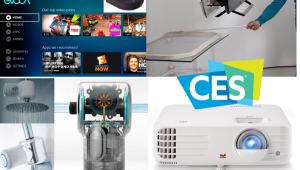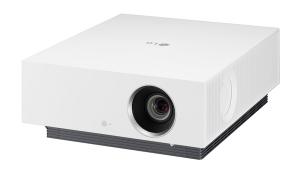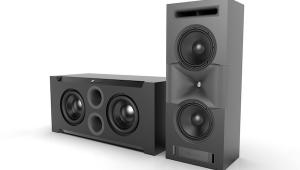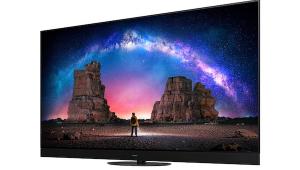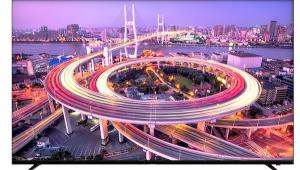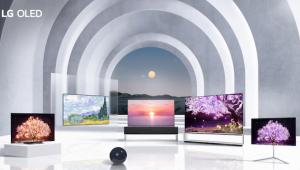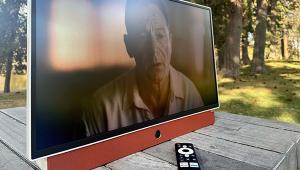OLED is a dying tech. Samsung and LG are introducing micro-LED and mini-LED and Sony is content to catch up to last year's TV's.
Sony Announces 2021 Bravia XR LCD and OLED TV Lineup
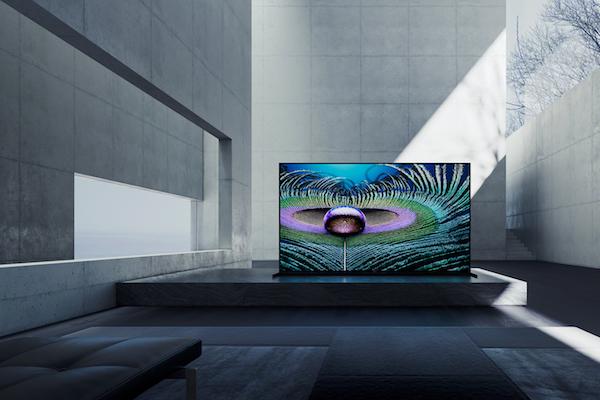
Sony is touting its new Cognitive Processor XR as a common feature for all of the new TVs. According to the company’s release, this “divides the screen into numerous zones and detects where the ‘focal point’ is in the picture.” The release goes on to state the “new processor can cross-analyze an array of elements at once, just as our brains do. By doing so, each element is adjusted to its best final outcome, in conjunction with each other, so everything is synchronized and lifelike–something that conventional AI cannot achieve.” (Take that, conventional AI!)
Other features common to both the new OLED and LCD models include Bravia Core, a feature that allows users to stream movies directly to the TV from the Sony Pictures Entertainment catalog, along with IMAX Enhanced titles. According to Sony, Bravia Core uses “Pure Stream” technology, allowing for “near lossless UHD BD equivalent quality with streaming up to 80 Mbps.” The new models also get an upgrade from Android TV to the Google TV platform, allowing for integration of multiple streaming services with a user-friendly onscreen UI and hands-free voice control via Google Assistant. Apple’s AirPlay 2 and HomeKit are also featured on the new models.
On the picture quality front, the Sony’s new TVs have Netflix Calibrated and IMAX Enhanced modes, support for Dolby Vision HDR, and are Calman Ready, a feature that allows pro video calibrators to perform a quick automatic calibration of the TV. All models also feature HDMI 2.1 connections that support 4K/120Hz video, Variable Refresh Rate (VRR), Auto Low Latency Mode (ALLM) and e-ARC, and they are equipped with built-in NextGen TV (ATSC 3.0) tuners.
Here are the specs for the new TVs:
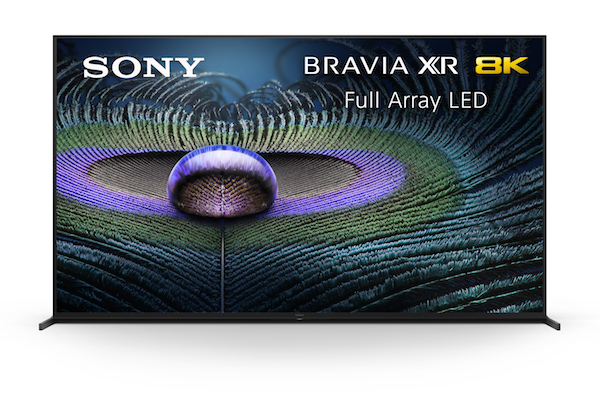
Master Series Z9J 8K LCD TVs Sony’s 8K LED-backlit LCD models will be available in 85- and 75-inch screen sizes and feature a full-array LED panel, XR Triluminos Pro, XR Contrast Booster, XR 8K Upscaling, and X-Wide Angle technology (retains picture quality at off-axis seats).
Z9J sets feature the company’s “one slate” design that uses a single pane of glass, while an included three-way stand offers three position options: narrow, hero, and soundbar (elevates the TV for soundbar integration).
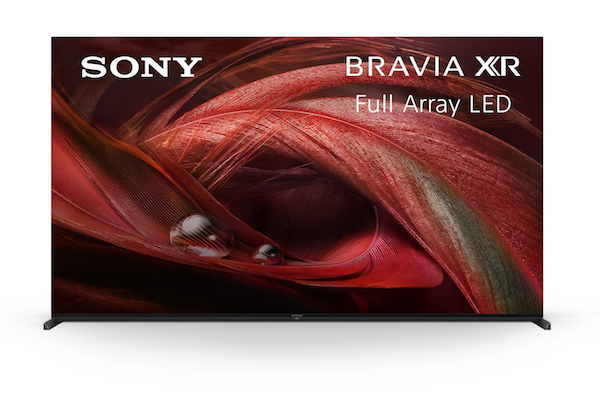
X95J, X92, and X90J 4K LCD TVs The 4K-resolution X95J series LCD models, which will be available in 85-, 75-, and 65-inch screen sizes, offer many of the same features found in the company’s new 8K LCD lineup. Same goes for the X92 (100-inch screen size) and X90J models (65-, 55-, and 50-inch screen sizes).
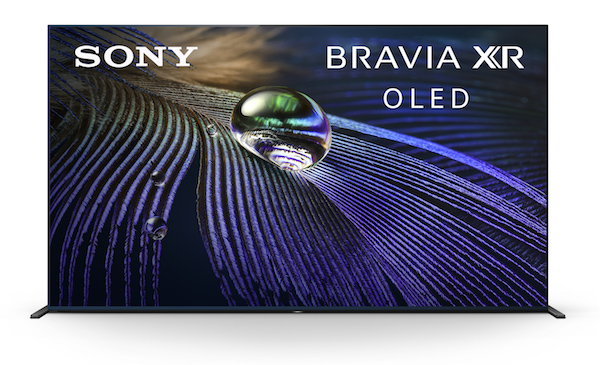
Master Series A90J and A80J OLED TVs Sony’s new A90J OLEDs are all 4K-res models that will be available in 83-, 65-, and 55-inch screen sizes, while the A80J series will arrive in 77-, 65-, and 55-inch screen sizes. Both feature XR OLED Contrast, a feature that “adjusts brightness for higher peaks in glare and deeper blacks in shadow” and XR Triluminos Pro, which “enables a wider palette to reproduce each color with the subtle differences seen in the real world,” according to Sony’s Pre-CES news release. The A90J models feature a two-way stand with hero and soundbar position options, while the A80J models feature a three-way stand.
Pricing and availability for Sony’s 2021 TV lineup will be announced later this spring.
- Log in or register to post comments


My Sony is great! So are my Samsungs but I take your point that the Koreans are more innovative. Lets not forget Sony was the first to put out an OLED panel that was larger than a small cell phone.
I'm thinking due to economic pressure Sony is acknowledging the harsh reality that no one can compete with China in the flat screen arena. Hence profits will suffer except in the hi-end market.
Sony excels now in processing which is really the story in this article.
It makes a lot of sense to let others do the heavy lifting in developing excellent panels then throw a really good proc and packaging that you can charge a premium for.
I wouldn't rule out Sony quite yet. I welcome the vitality across the spectrum.

Unless you have tens of thousands of dollars to put on a microLED TV, OLED will remain the best choice for at least another 5 to 10 years. So... not quite dying.

Only turned a measly profit on OLED TV's last year for the first time. The blue pixel problem has never been solved and screen burn in remains a problem. The demand for higher resolutions and brighter screens only exacerbates the issue. Low production yields keep costs high and profitability low. I think your timetable is optimistic.

OLED is a dying tech, lol; I needed a laugh this morning!

Glad Sony has included the ASTC 3.0 Tuner, am I the only one that cares? Now, how about my next priority, 30 minute pause built into the TV. I sometimes need to get a beer and/or a snack! Probably would only require about 64Gig of memory, nothing these days. Or, allow the mostly unused USB ports to utilize external USB "sticks" for pause memory, or to save live programs??? Hopefully, the Google platform is better than Android. They are not always the leader in new features, but, I have so much Sony "stuff", that (mostly) works together...

